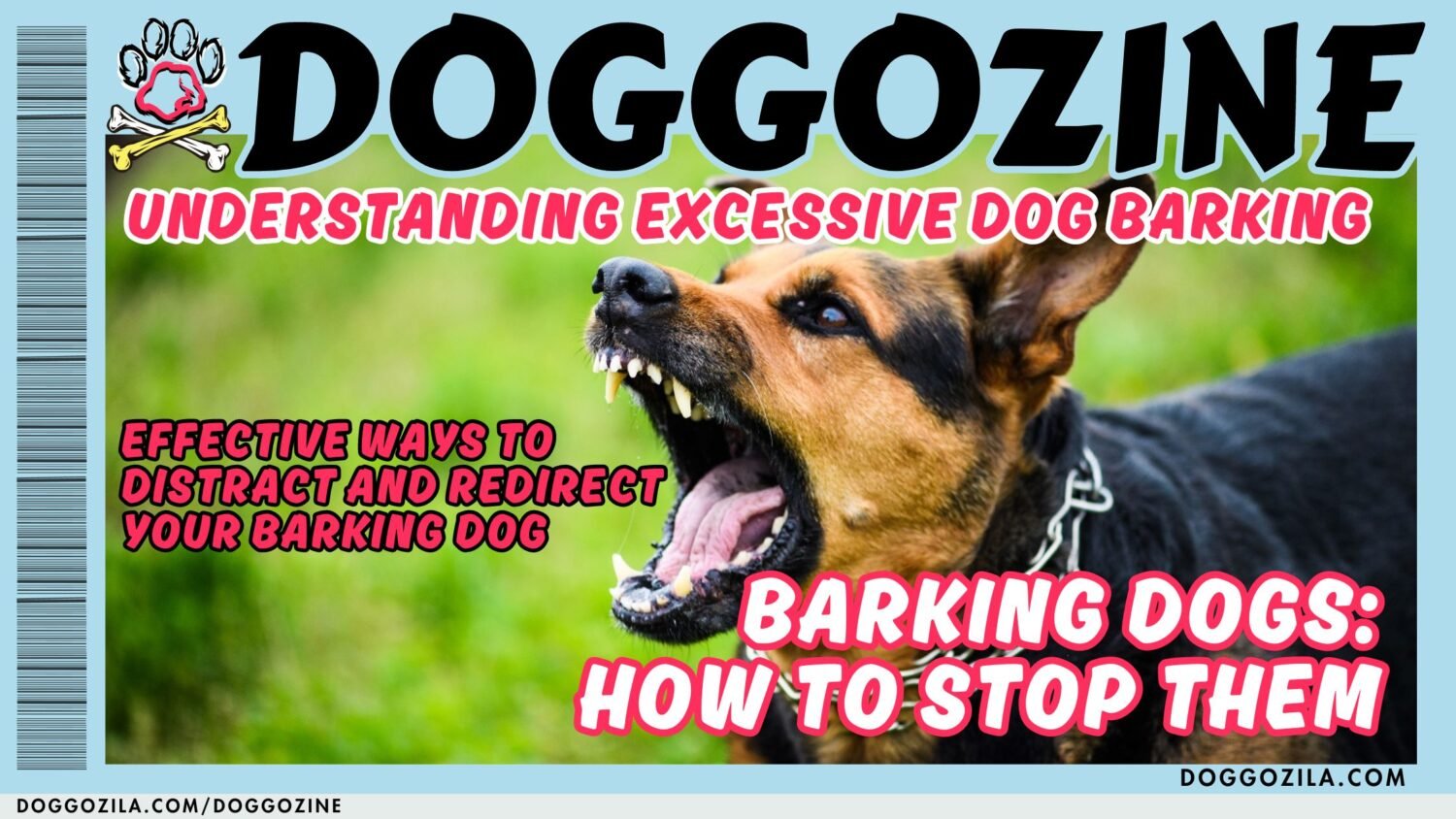In the harmonious symphony of dog expressions, the distinctive howl stands out as a mysterious melody. Dogs, our cherished companions, communicate through various vocalizations, with howling being a captivating yet enigmatic form of expression. SO why do dogs howl?
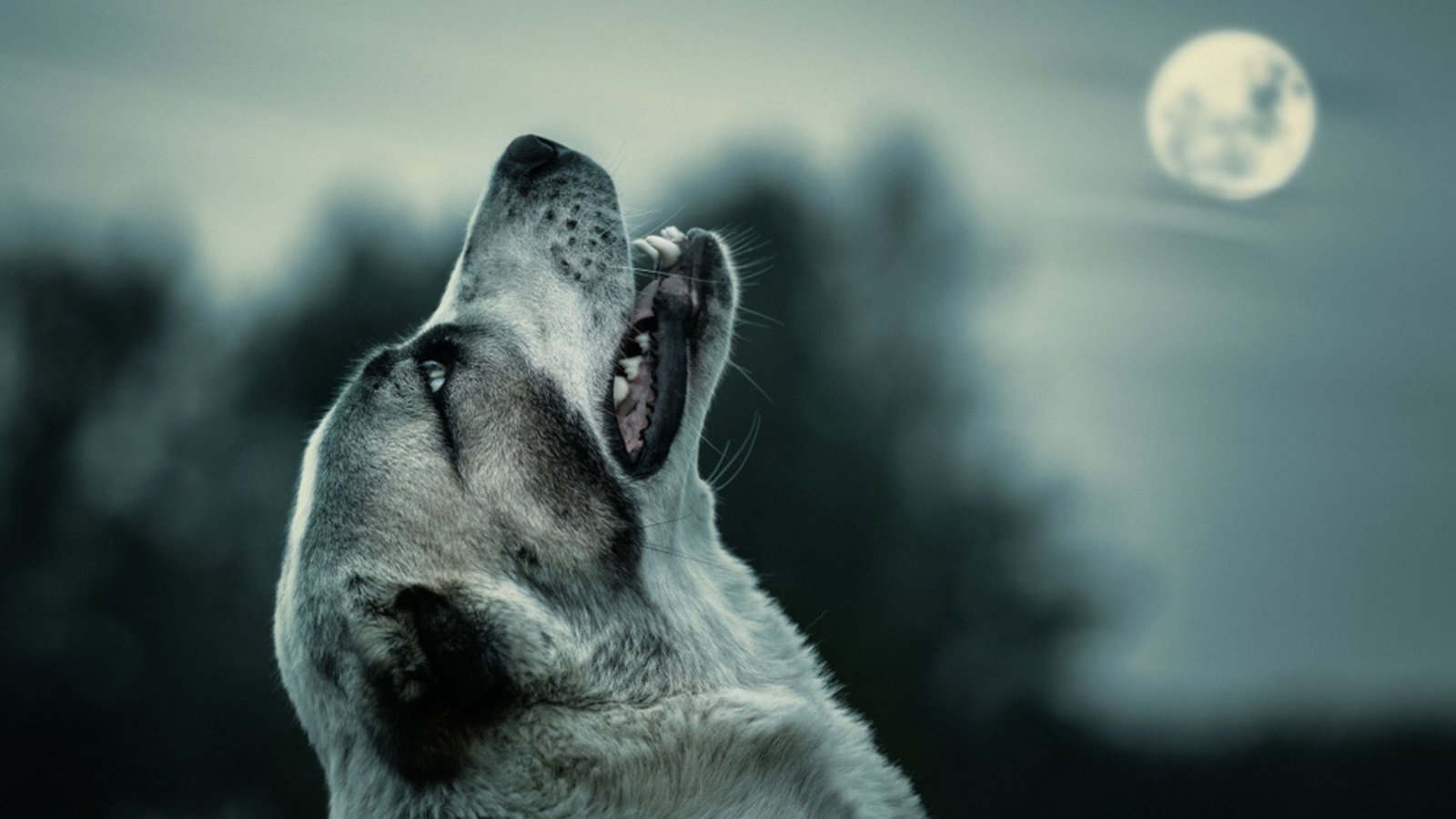
THE EVOLUTIONARY ROOTS WHY DO DOGS HOWL
This guide endeavors to unravel the secrets behind why do dogs howl, delving into the multifaceted reasons that contribute to this intriguing behavior.
The descendants of wolves
To understand why dogs howl, we must delve into their evolutionary history. Dogs, as descendants of wolves, share many behavioral traits with their wild ancestors. Howling, in particular, has deep roots in the wolf pack’s communication system. Wolves howl to communicate with other pack members, establish territory, and coordinate group activities.
This primal instinct has been passed down to domesticated dogs, who retain the genetic predisposition to howl under certain circumstances. Similarly, domesticated dogs may howl as a way to connect with their human family members or communicate with other dogs in the neighborhood.
While dogs have been domesticated for thousands of years, their genetic makeup still retains many of the traits and behaviors of their wild ancestors. Howling serves as a way for dogs to maintain social bonds and express their presence to others. It is a primal instinct that allows them to connect with their roots and communicate in a language that is deeply ingrained within their DNA.
Dogs Howl to Express Loneliness and Separation Anxiety
One common reason why dogs howl is to express their loneliness and separation anxiety. When dogs are left alone for extended periods, they may howl as a way to seek attention, companionship, or reassurance. For dogs, howling can be a way to communicate their distress and alleviate feelings of isolation. It serves as a vocal cry for help, hoping to attract the attention of their human companions or other dogs in the vicinity.
Why Do dogs howl at sirens
Another intriguing aspect of howling behavior is a dog’s response to certain sounds, particularly sirens. Many dogs have an uncanny ability to mimic the pitch and tone of sirens, leading to a synchronized chorus of howls whenever emergency vehicles pass by. This behavior can be traced back to a dog’s keen sense of hearing. Sirens produce high-pitched sounds that may trigger a dog’s instinctual response to howl. It is believed that dogs perceive sirens as a form of communication and feel compelled to join in.
Aside from sirens, dogs may also howl in response to other sounds that trigger their instinctual response. For example, some dogs may howl when they hear musical instruments, singing, or even certain types of music. It is believed that these sounds may resemble the howls of other dogs or wolves, prompting a dog’s instinctual response to join in. This behavior can vary from dog to dog, with some being more prone to howling in response to specific sounds.
Dogs Howl to Communicate with Other Dogs
Howling is also a means of communication between dogs. In the wild, wolves use howling to communicate with other members of their pack over long distances. Domesticated dogs, although not part of a pack in the same sense, still retain this instinctual behavior. When a dog howls, it can serve as a way to communicate with other dogs in the area. Howling can convey a variety of messages, such as announcing their presence, establishing territory, or simply trying to initiate social interaction.
Howling is a form of communication for dogs, allowing them to convey messages to their human companions and other dogs. Dogs have a keen sense of hearing and can detect sounds that are beyond the range of human perception. By howling, they can communicate their location, establish their presence, or signal distress.
When a dog howls, it can also serve as a way to attract attention or seek assistance. For example, if a dog is injured or trapped, they may howl to alert their human family members or other dogs in the vicinity. Howling can be a cry for help, and it is important for pet owners to be attentive to their dog’s howling and investigate if they sense something is amiss.
Dogs Howl to Express Excitement and Joy
Not all howling is rooted in negative emotions. Dogs may also howl as a way to express excitement or joy. This can often be observed when dogs are engaged in play, anticipating a walk, or eagerly awaiting their favorite treat. Howling in these situations is a form of vocalization that amplifies their excitement and serves as an outlet for their exuberant emotions. It is a way for dogs to share their enthusiasm and engage with their human companions or other dogs.
Another reason why dogs howl is to express their emotions. Dogs are highly emotional creatures, and their howling can be a reflection of their feelings. When a dog is feeling lonely, anxious, or bored, they may resort to howling as a way to seek attention or alleviate their distress. This is especially common in dogs who are left alone for long periods or experience separation anxiety.
On the other hand, dogs may also howl out of excitement or joy. For example, when their human family members return home after being away, dogs may greet them with a series of enthusiastic howls. This is their way of expressing their happiness and excitement at the reunion. Howling can also be a response to certain stimuli, such as the sound of a musical instrument or a high-pitched noise.
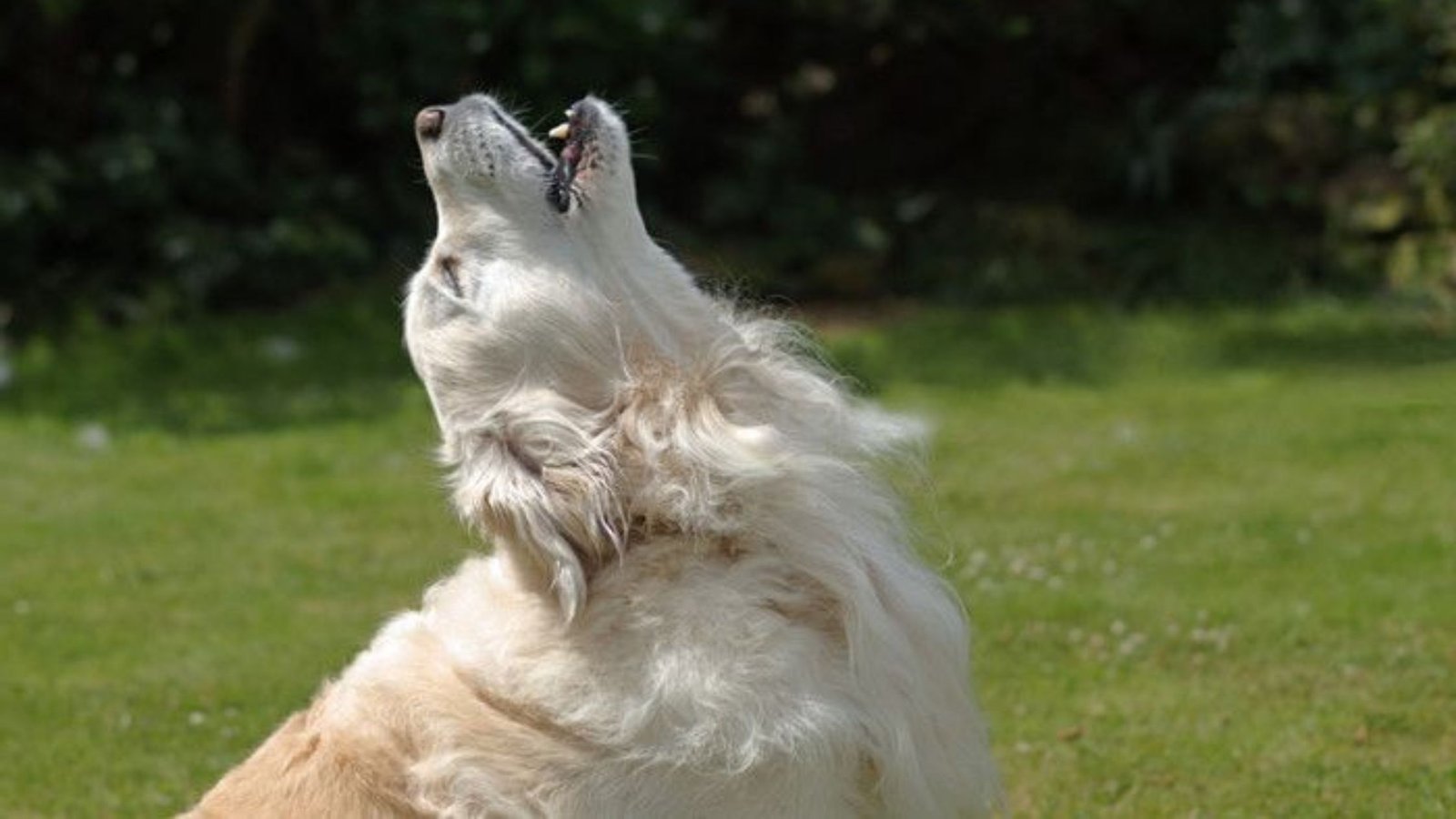
MEDICAL AND PHYSICAL FACTORS OF DOGS HOWL
While the majority of howling behavior is rooted in natural instincts and emotions, it’s important to consider that certain medical or physical factors may contribute to excessive or unusual howling in dogs. For instance, dogs experiencing pain, discomfort, or cognitive decline may howl as a way to communicate their distress. It is crucial to consult with a veterinarian if a dog’s howling behavior suddenly changes or becomes excessive, as it may be an indication of an underlying health issue.
Dogs howl for a variety of reasons, ranging from their evolutionary roots as descendants of wolves to expressing emotions such as loneliness, excitement, and joy. Howling is a complex behavior that serves as a form of communication, both with humans and other dogs.
Understanding why dogs howl can deepen our bond with them and help us respond appropriately to their needs. Whether it’s providing companionship, addressing separation anxiety, or simply enjoying the symphony of their howls, dogs’ vocal expressions are a testament to their rich emotional lives.
Environmental Triggers for Dogs to Howl
There are certain environmental triggers that can prompt dogs to howl. One of the most common triggers is the sound of sirens. The high-pitched wailing of sirens can mimic the vocalizations of other dogs, leading dogs to respond with their own howls. This behavior is often seen in urban areas where sirens are more prevalent.
In addition to sirens, other sounds such as musical instruments, fireworks, or even the sound of a baby crying can elicit howling in dogs. These sounds may capture their attention or create a sense of confusion, prompting them to vocalize in response. It is important for pet owners to be aware of these triggers and provide a calm and comforting environment for their dogs during such situations.
Responding to Dog Howling
As responsible pet owners, it is essential to understand and respond to our dogs’ howling. Howling is a natural behavior for dogs, and suppressing it entirely may not be the best approach. Instead, we can focus on addressing the underlying causes of the howling and providing appropriate outlets for our dogs to express themselves. If a dog is howling due to loneliness or boredom, ensuring they receive sufficient mental and physical stimulation can help alleviate their distress. Regular exercise, interactive toys, and companionship can go a long way in keeping our dogs content and preventing excessive howling.
For dogs experiencing separation anxiety, gradual desensitization and counter-conditioning techniques can be beneficial. This involves gradually increasing the duration of time they are left alone and pairing it with positive experiences, such as treats or engaging toys. Seeking guidance from a professional dog trainer or behaviorist can provide valuable insights and strategies for managing separation anxiety. When it comes to environmental triggers, creating a calm and secure environment for our dogs can help minimize their howling.
This can include providing a designated safe space, using white noise machines to mask external sounds, or engaging in positive reinforcement training to redirect their focus during triggering situations. It is important to note that excessive or prolonged howling may indicate an underlying medical condition or distress. If a dog’s howling becomes excessive, uncharacteristic, or is accompanied by other concerning symptoms, it is advisable to consult with a veterinarian to rule out any potential health issues.
The Profound Bond
Understanding and responding to our dogs’ howling not only benefits their well-being but also strengthens the bond we share with them. Dogs are highly social animals, and by acknowledging their communication efforts, we show them that we value their presence and understand their needs. When we respond to our dogs’ howling with patience, empathy, and appropriate interventions, we create an environment of trust and mutual understanding. This deepens the connection we have with our dogs and fosters a harmonious relationship based on clear communication and emotional support.
Dog howling is a complex and multifaceted behavior that encompasses ancestral echoes, expressive emotions, communication, and environmental triggers. By delving into the reasons behind why dogs howl, we gain a deeper appreciation for the rich tapestry of canine communication. As responsible pet owners, it is our duty to understand and respond to our dogs’ howling in a compassionate and informed manner. By doing so, we not only enhance our dogs’ well-being but also nurture the profound bond we share with these remarkable companions.
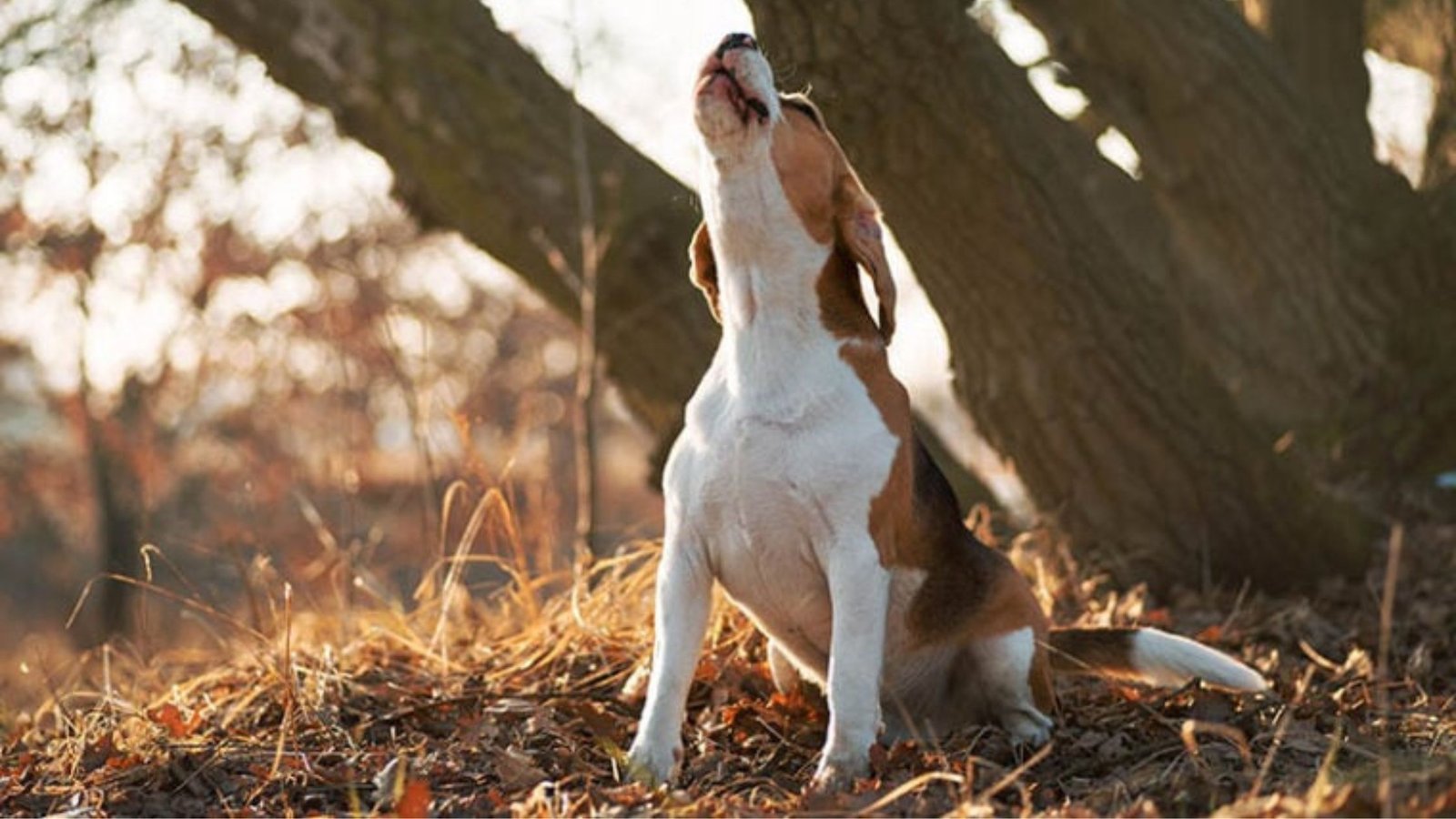
DOG BREEDS THAT HOWL THE MOST
Dogs have been our loyal companions for thousands of years. Their connection to their wild ancestors, the wolves, still remains strong. One of the most fascinating traits that dogs have inherited from wolves is their ability to howl. Howling can vary among different dog breeds. Some breeds are known to be more vocal and closely connected to their wolf ancestry. Let’s explore the dog breeds that howl the most and delve into the reasons behind this behavior.
Siberian Husky
The Siberian Husky is a breed known for its striking appearance and strong resemblance to wolves. Originating from Siberia, these dogs were bred for sled-pulling and endurance in harsh Arctic conditions.
Their howling is not only a way of communication but also a means of expressing their strong pack instincts. Huskies often howl to alert their owners, communicate with other dogs, or simply to release pent-up energy. Their hauntingly beautiful howls can be heard for miles.
Alaskan Malamute
Similar to the Siberian Husky, the Alaskan Malamute is a breed that has maintained its close connection to wolves. Bred for pulling heavy loads, these dogs possess a strong pack mentality and are highly expressive through their vocalizations. Their howls are deep and melodic, often accompanied by a unique “woo-woo” sound. Malamutes use howling to communicate with their human companions and other dogs, making it an integral part of their nature.
Bloodhound
The Bloodhound is a breed renowned for its exceptional sense of smell and tracking abilities. With their droopy ears and wrinkled face, Bloodhounds may not resemble wolves physically, but their howling tendencies are quite remarkable. This breed has a distinctive howl that is deep and mournful, often described as a soulful bay. Bloodhounds are known to howl when they pick up an interesting scent or when they are bored or lonely. Their melodious howls can be both captivating and haunting.
Beagle
The Beagle, a small to medium-sized breed, is famous for its exceptional hunting instincts and keen sense of smell. Their howls is not loud as some larger breeds. Beagles are quite vocal and can produce a unique howl known as a “bay.” This breed uses howling to communicate with other dogs during hunting or to express their excitement or frustration. Beagles possess a distinct voice that can be recognized by any dog lover.
Basset Hound
With their long ears, droopy eyes, and distinctive body shape, Basset Hounds have a unique appearance. These dogs are known for their friendly and laid-back nature, but they are also quite vocal. Basset Hounds have a deep, mournful howl that they use to communicate with their owners or other dogs. Their howls can often be heard in a melodious chorus when they join other hounds in the neighborhood.
Dachshund
The Dachshund, also known as the “wiener dog,” may not be the first breed that comes to mind when thinking of howling dogs. However, these small but mighty dogs are surprisingly vocal. Dachshunds have a unique howl that is often described as a mix between a howl and a bark. They use their howls to express their emotions. Dachshund also howl to communicate with their owners, or if they sense something unusual in their surroundings.
Shetland Sheepdog
The Shetland Sheepdog, or Sheltie, is a herding breed known for its intelligence and agility. They may not be as closely related to wolves as some other breeds on this list. Shelties can still be quite vocal. They have a high-pitched howl that they use to communicate with their owners or to express their excitement. Shelties are known for their strong bond with their families. Their howling is often a way to seek attention or express their emotions.
Alaskan Husky
The Alaskan Husky is a breed specifically bred for sled racing and endurance. While they share similarities with the Siberian Husky, Alaskan Huskies have their own unique traits. These dogs are highly energetic and have a strong instinct to howl. Their howls can be quite loud and are often used to communicate with their human companions or other dogs. Alaskan Huskies are known for their endurance and their ability to cover vast distances. That is making their howls an important form of communication during races.
American Eskimo Dog
Despite its name, the American Eskimo Dog is not actually from Alaska but rather descended from German Spitz-type dogs. However, like the Huskies, they possess a strong connection to their wolf ancestors. These dogs are highly intelligent and have a strong instinct to howl. American Eskimo Dogs use howling as a means of communication, often to express their excitement or to seek attention. Their howls can be quite expressive and are often accompanied by their playful and lively nature.
German Shepherd
The German Shepherd is a breed known for its versatility, intelligence, and loyalty. They may not be as vocal as some other breeds on this list. German Shepherds can still howl when the occasion calls for it.
They have a deep and powerful howl that they use to communicate, or to alert their owners of potential dangers. German Shepherds are often used as working dogs in various fields. Their howling can be a valuable form of communication in those roles.
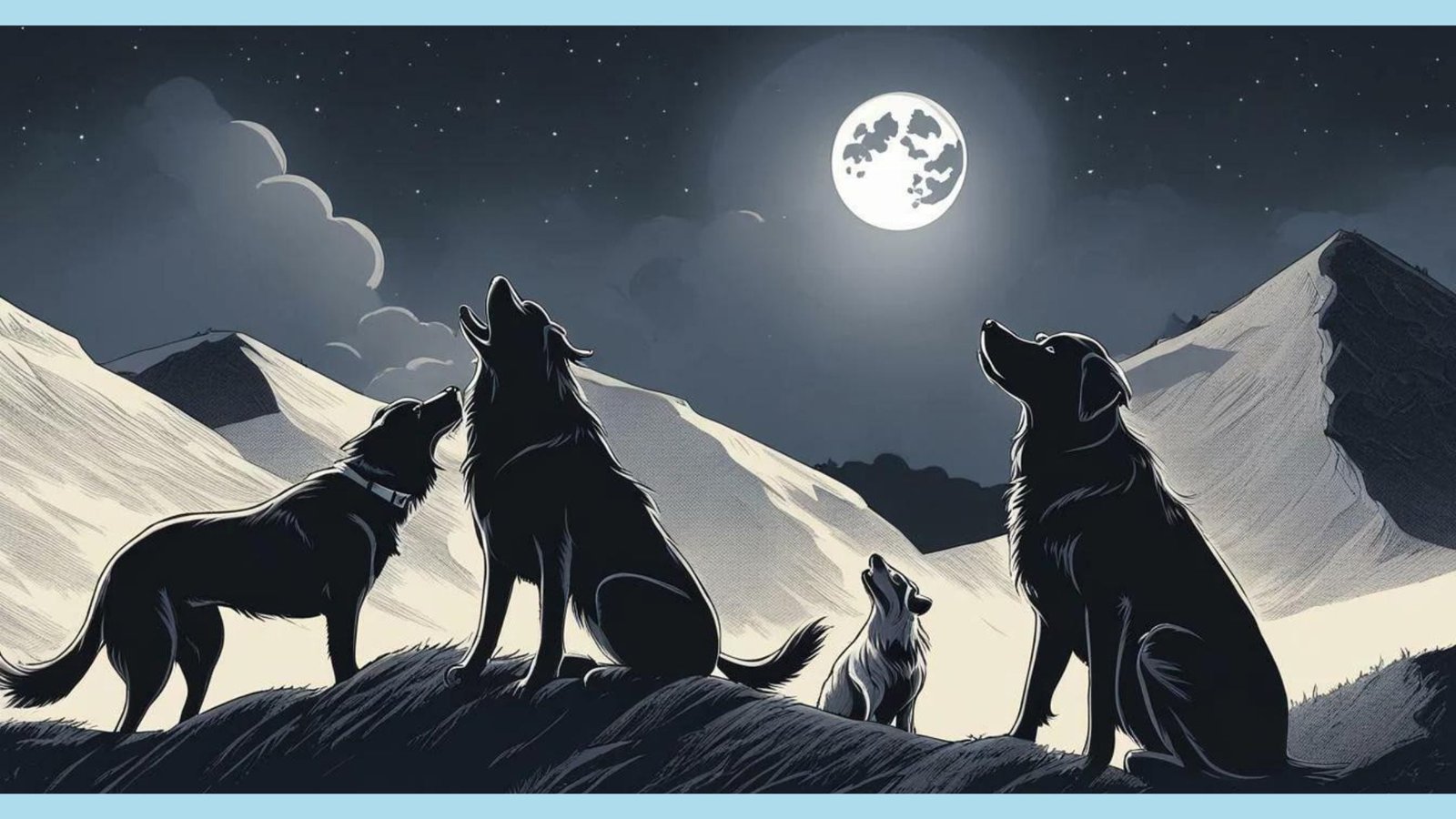
BRIEF SUMMARY ON WHY DO DOGS HOWL
Howling is a fascinating behavior that dogs have inherited from their wolf ancestors. While all dog breeds have the capacity to howl, some breeds are more vocal than others. The breeds mentioned are known for their strong connection to their wolf ancestry and their tendency to howl. Understanding the reasons behind their howling behavior can help us appreciate and better communicate with our furry companions.
As pet owners, we are often captivated by the unique sounds and behaviors of our beloved dogs. One of the most intriguing and distinctive vocalizations that dogs produce is the howl. Whether it’s a lone howl echoing through the night or a chorus of howls in response to a siren. There is something undeniably captivating about the sound. In this article, we explored the reasons behind why dogs howl and delve into the fascinating world of dog communication.
This topic can tell us a lot about dog behavior, if interested continue reading on Wiki Pages!









